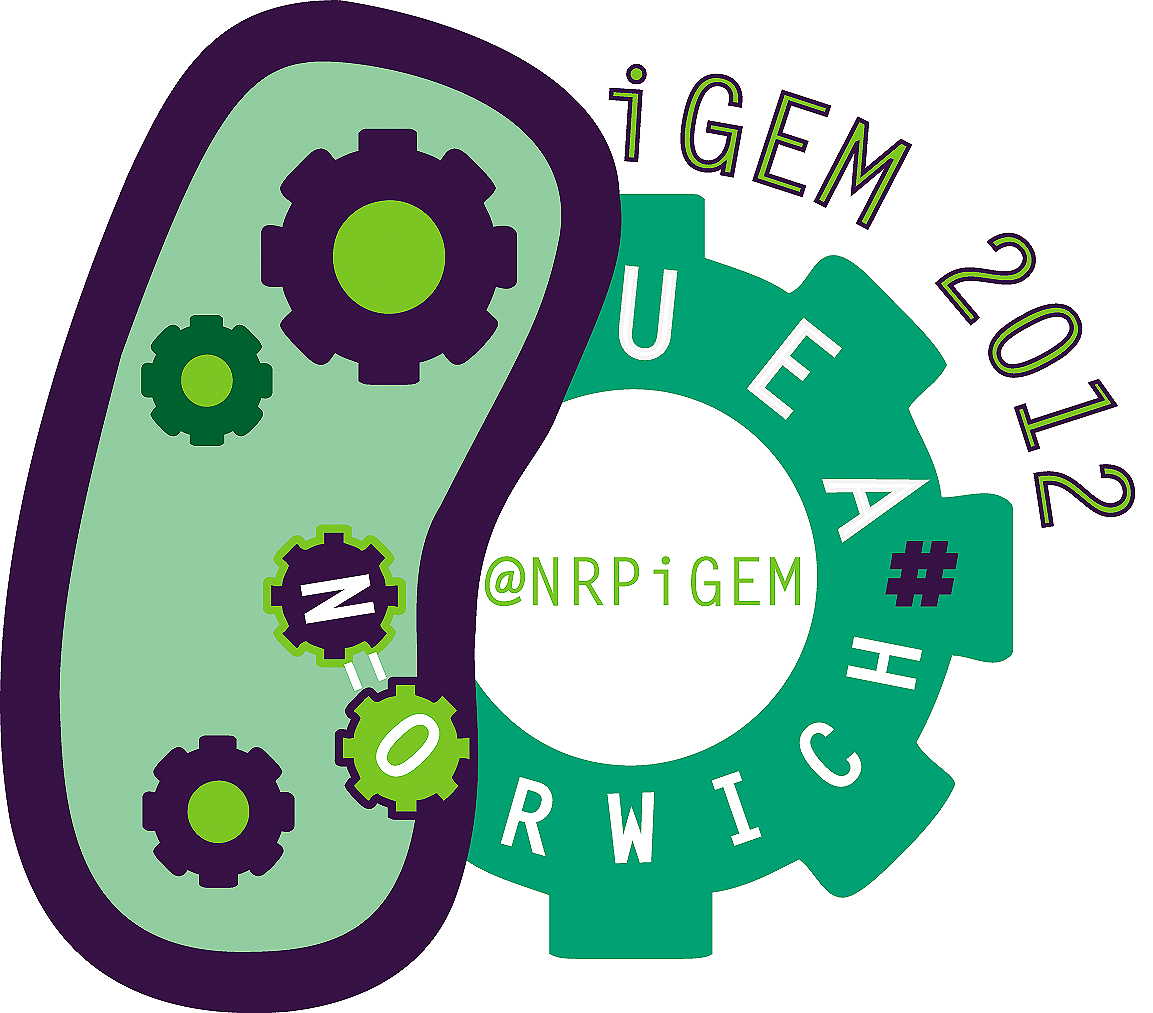Team:NRP-UEA-Norwich
From 2012.igem.org
Khadijaouadi (Talk | contribs) (→UK Team Meetup) |
Khadijaouadi (Talk | contribs) |
||
| Line 72: | Line 72: | ||
We have also looked at various aspects of human outreach and plan to undertake a programme of Synthetic Biology public awareness as well as employing various methods to make our project accessible to those interested outside of the team. | We have also looked at various aspects of human outreach and plan to undertake a programme of Synthetic Biology public awareness as well as employing various methods to make our project accessible to those interested outside of the team. | ||
| + | |||
| + | <br> | ||
| + | |||
| + | = '''The NRP UEA iGEM Team 2012''' = | ||
Revision as of 13:20, 29 August 2012
 "
"





